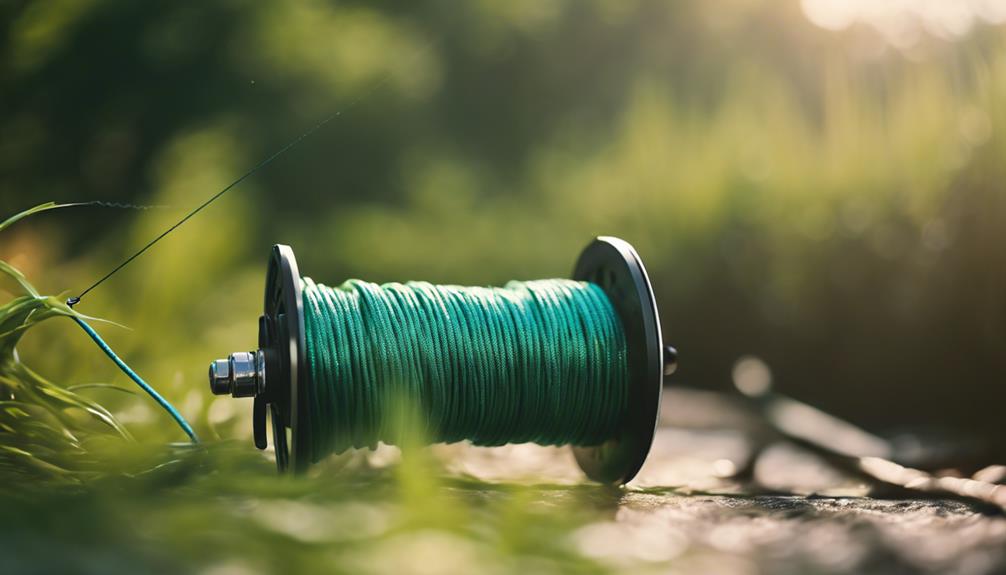Fly fishing is an exhilarating outdoor activity that combines skill, patience, and a love for nature. Whether you’re a novice angler or a seasoned pro, having a comprehensive fly fishing guide can enhance your experience and improve your chances of landing that trophy fish. In this article, we will explore various aspects of fly fishing, from gear and techniques to destinations and conservation, ensuring you have all the information you need to make the most of your fly fishing adventures.
Understanding the Basics of Fly Fishing
Before diving into the specifics of fly fishing, it’s essential to understand the basics. Fly fishing involves using a lightweight lure called a fly, which is cast using a fly rod and reel. This technique mimics the natural behavior of insects and other prey, enticing fish to strike. Unlike traditional fishing, where bait is used, fly fishing relies on the angler’s skill in casting and presenting the fly properly. Familiarizing yourself with the fundamental concepts of fly fishing will lay a solid foundation for your journey into this rewarding sport.
Choosing the Right Gear: A Fly Fishing Guide
Selecting the appropriate gear is crucial for a successful fly fishing experience. A fly fishing guide typically recommends starting with a basic setup that includes a fly rod, reel, line, and a selection of flies. The type of rod you choose will depend on your target species and the water conditions you’ll be fishing in. For instance, a 5-weight rod is versatile enough for trout, while a heavier rod may be necessary for larger fish like bass or pike. Don’t forget to invest in quality waders and boots to keep you comfortable and dry during your fishing excursions.
Essential Techniques for Success in Fly Fishing
Mastering various fly fishing techniques is key to improving your success on the water. The most critical skill is the cast; a well-executed cast allows you to present your fly accurately and delicately. Learning the classic overhead cast and roll cast will provide you with a solid foundation. Additionally, understanding how to read the water and identify where fish are likely to be hiding will significantly increase your chances of a successful catch. A good fly fishing guide will emphasize the importance of practice, as each technique requires repetition to perfect.
Selecting Flies: The Heart of Your Fly Fishing Guide
Flies are the heart of fly fishing, and knowing how to select the right ones for your target species is essential. Flies are categorized into three main types: dry flies, nymphs, and streamers. Dry flies float on the water’s surface and mimic insects, while nymphs imitate the underwater life stage of insects. Streamers, on the other hand, resemble baitfish or larger prey. Understanding the local aquatic ecosystem and matching the hatch will help you choose the best flies for your fishing conditions. Always carry a variety of flies in your tackle box to adapt to changing circumstances.
Best Fly Fishing Destinations Around the World
There are countless fly fishing destinations that offer breathtaking landscapes and abundant fish populations. From the pristine rivers of Montana to the saltwater flats of the Bahamas, each location provides a unique experience for anglers. If you’re looking for trout fishing, the Yellowstone River in Wyoming is a must-visit. For those interested in saltwater fly fishing, the Florida Keys boast some of the best tarpon and bonefish action in the world. When planning your trip, consider factors such as the season, local regulations, and available guided services to ensure a successful outing.
Fly Fishing Conservation: Protecting Our Waters
As fly fishers, it is our responsibility to engage in conservation efforts to protect the ecosystems we cherish. Sustainable fishing practices, such as catch and release, help maintain fish populations and ensure healthy waters for future generations. Additionally, many organizations focus on habitat restoration and water quality improvement. Supporting these efforts through donations or volunteering not only benefits the environment but also enhances your own fly fishing experiences. A good fly fishing guide will always emphasize the importance of being a responsible angler and advocate for conservation.
Common Mistakes to Avoid in Fly Fishing
Even experienced anglers can fall prey to common mistakes while fly fishing. One of the most frequent errors is poor casting technique, which can lead to tangles and missed fish. Additionally, neglecting to check local regulations can result in fines or, worse, damage to the fishery. Overlooking weather conditions and water temperature can also impact your success. To avoid these pitfalls, take the time to educate yourself about the specific waters you’ll be fishing, and consider hiring a local fly fishing guide for expert advice and insights.
Final Thoughts: Embrace the Journey of Fly Fishing
Fly fishing is more than just a hobby; it’s a way to connect with nature and unwind from the stresses of everyday life. By following this fly fishing guide, you’ll be better prepared to tackle the challenges and joys of this beautiful sport. Remember, the journey is just as important as the destination, so take the time to appreciate the tranquility of the water and the thrill of the chase. Whether you’re fishing solo or with friends, the memories you create on the water will last a lifetime. So grab your gear, head out to your favorite spot, and enjoy the art of fly fishing!
With this comprehensive fly fishing guide, you are now equipped with the knowledge and tools to enhance your fly fishing experience. As you explore the waters, remember to practice responsible fishing and cherish the natural beauty around you. Happy fishing!
